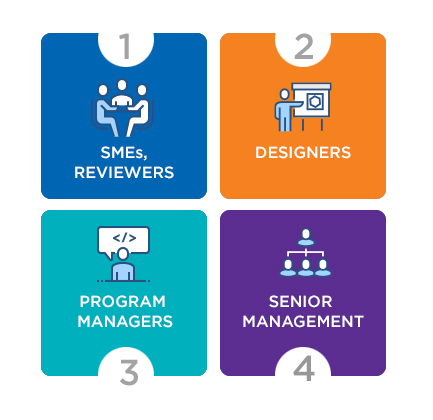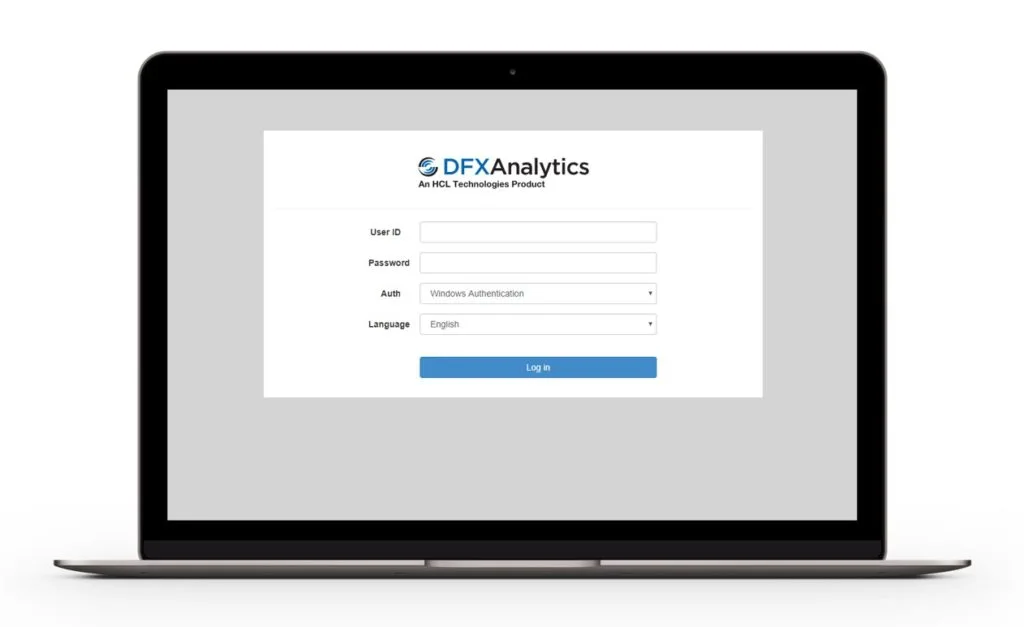Why DFX Analytics
DFX Analytics Helps Organizations to:
- Ensure rigor in DFX analysis execution
- Improve visibility into issues which are identified and fixed during design
- Quantify Benefits
- Identify dispositioned issues
- Improve traceability into the creation and resolution of issues.
- Identify which design best practices are violated most often
- Identify patterns of the rule failure
- Reduced design time and better design every time
- Reduced rework
- Predictability of design
- Identify parts which are potential source of more issues.
- Trace a supplier reported issue to design creation and DFMPro analysis
DFX Analytics | HCL DFMPro
How it Works?

Run the analysis from DFX standalone or CAD tool addin

Our integrated tool would dump the session data locally and then push it to the centralized server

Visualize , monitor and control from anywhere over the web
DFX Analytics Benefits
1) IMPROVE EFFECTIVENESS OF DFX REVIEWS
Track DFMPro reviewed designs Improve rule configurations Quickly identify critical design issues Track supplier reported issues
3) TRACK DFX ISSUES FOR PROGRAM SUCCESS
Make sure that the identified DFX issues are resolved in the earlier phases of the design cycle.

2) ENSURING DFX BEST PRACTICES
Learn from other design engineers Track design performance
4) ENSURE SUCCESS OF DFX INITIATIVES
Enable a continuously learning and improving DFX organization Empower users to measure and improve DFX performance
DFX Analytics Core Features

![]() ACCESS CONTROL
ACCESS CONTROL
Login mechanism allows authentic users only.
![]() DESIGN METRICS
DESIGN METRICS
Progress in design in terms of manufacturability. version to version comparison.
![]() ISSUE METRICS
ISSUE METRICS
Tracking DFMPro results as they are generated. Distribution of issues across criticality, module, department.
![]() USAGE METRICS
USAGE METRICS
Ensure successful adoption of DFX initiatives
Design for Excellence Analytics-DFX Analytics Solution
Enabling Companies to Develop More Collaborative and Data Driven DFX Culture
Capture the data generated by designers
DFX captures all the data which is generated by a designer while analyzing a modelVisualize the data with predefined plots
The web server UI has predesigned plots focusing on design, issues and users- Analyze and take action
Easy visualization and navigation enables the user to do desired analysis quickly - Plan effectively with supporting data
Use data effectively to plan for future projects and programs - Monitor the process with live data
The data becomes available immediately after the analysis - Identify and reduce waste
Identify the issues in time to reduce rework and improve quality